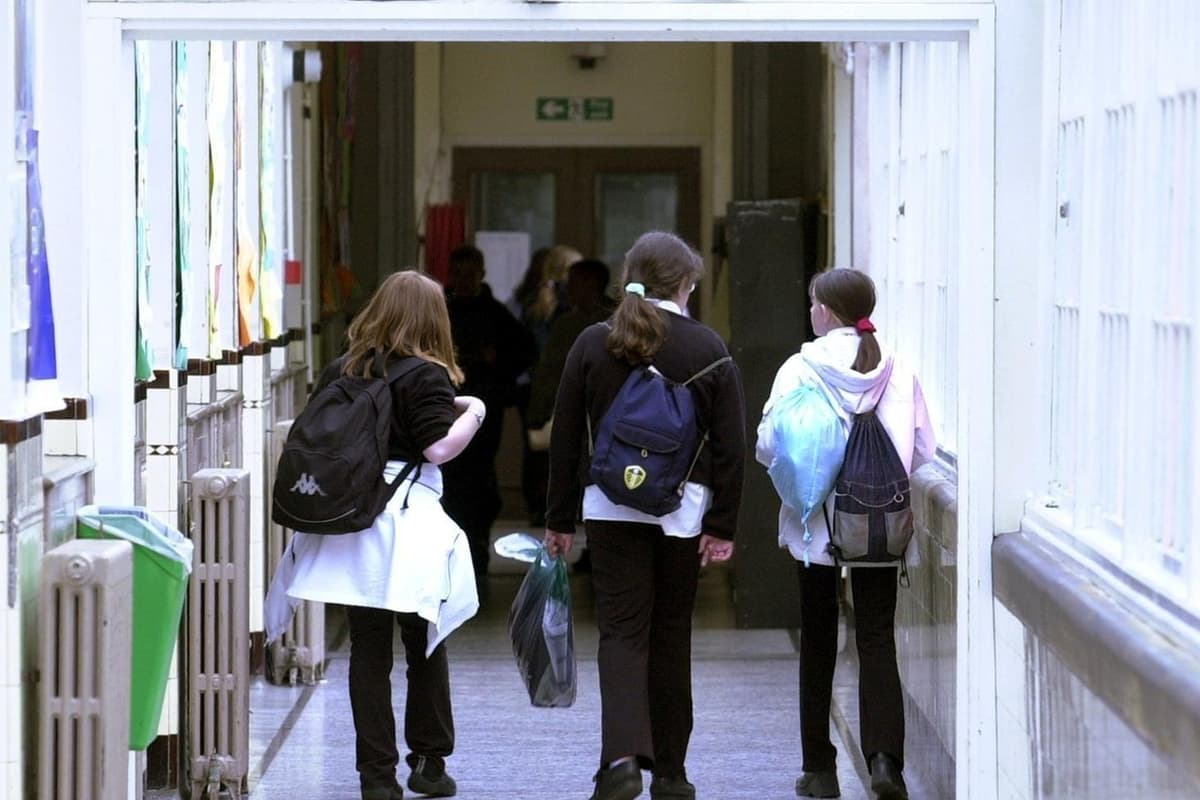The damaging consequences extend beyond the education of the disruptive pupils themselves to that of their classmates, teachers’ wellbeing, and the health of the system as a whole.
Teachers say “almost all” cases in the pronounced rise in cases over the past year are linked to pupils with additional support needs (ASN).
Of course children with ASN must be treated with extra sensitivity.
But has there been a sharp increase in the number of pupils with ASN that corresponds with the rise in cases of classroom violence? If so, what role have the lockdowns of the coronavirus pandemic played in this?
It seems attitudes towards exclusions may also play a part. Emails released under freedom of information laws reveal talks between education directors, government officials and Education Secretary Jenny Gilruth have included “exploration of exclusion guidance”.
Exclusion is a last resort but it must always be an option that schools are prepared to take when dealing with violent and disruptive pupils. One of the most important lessons our children can learn at school is that they must face the consequences of their actions.
The EIS teaching union also expresses concern over consistency in the reporting of incidents in order to develop an accurate picture of the scale of the problem.


